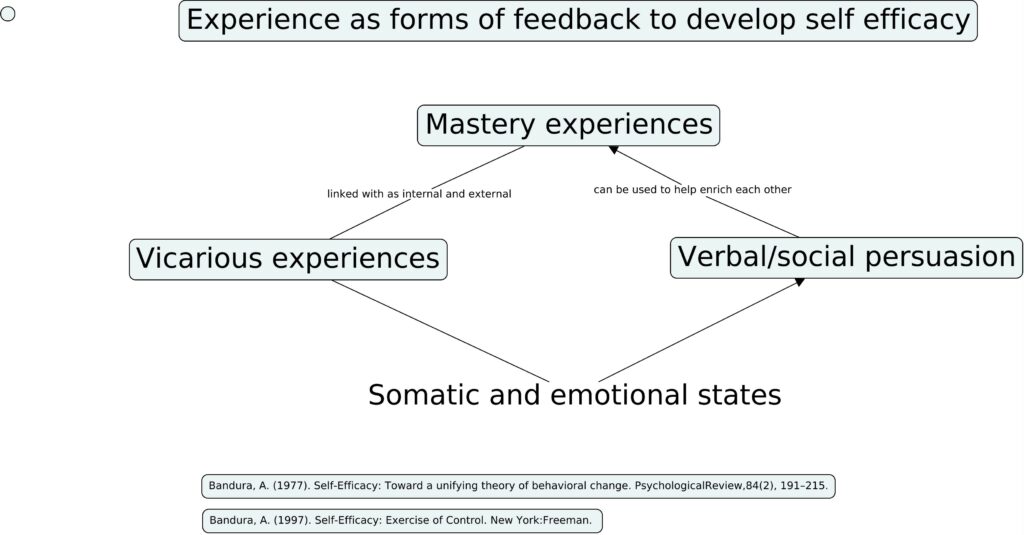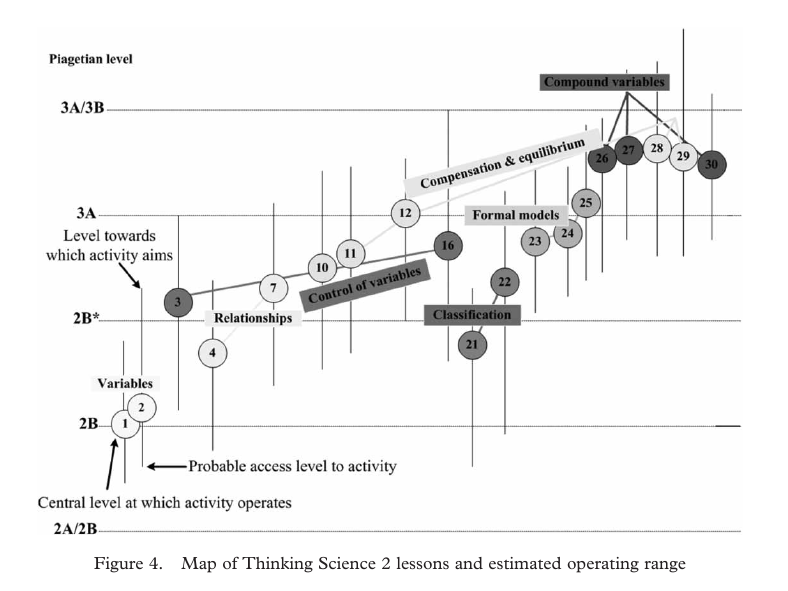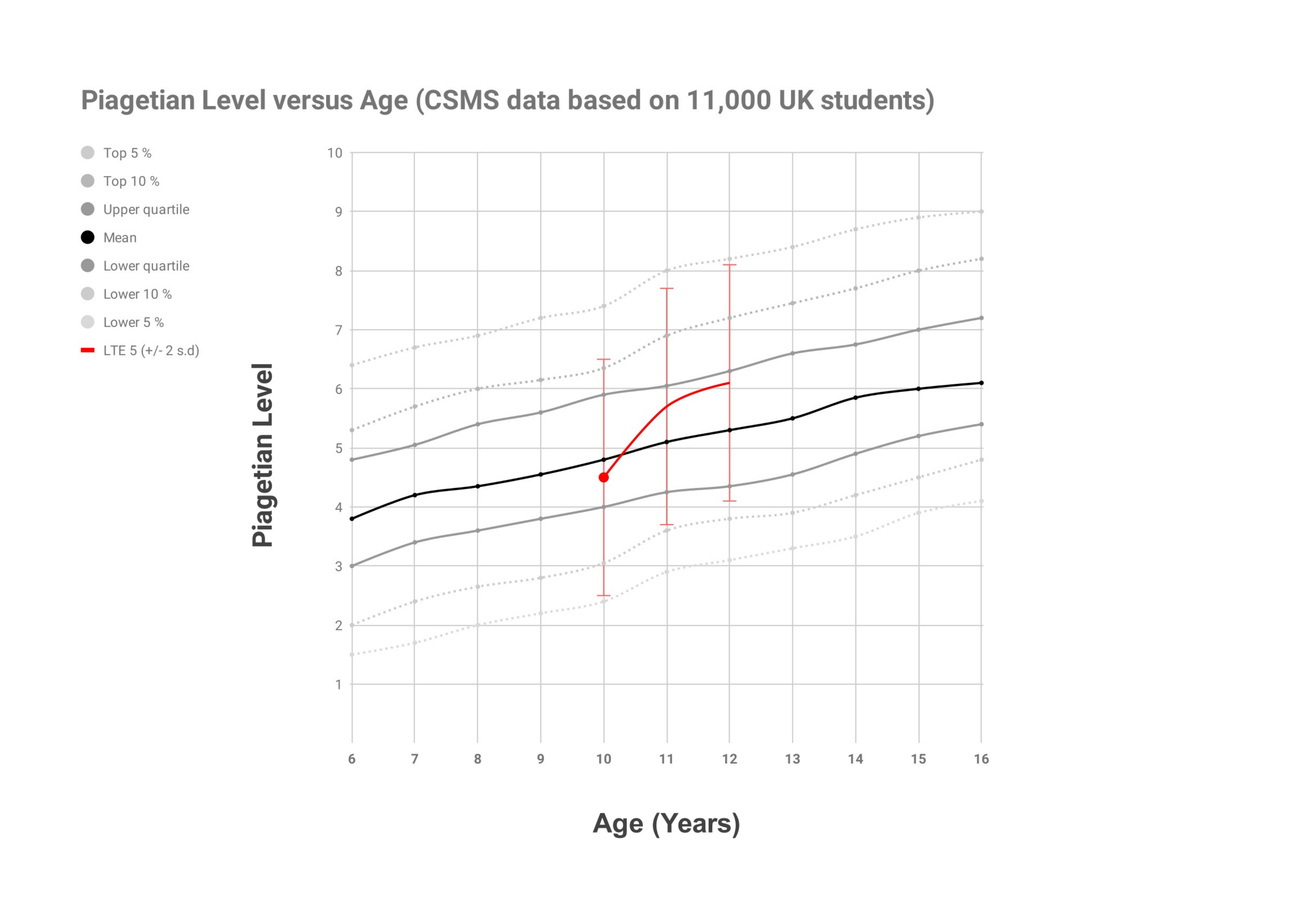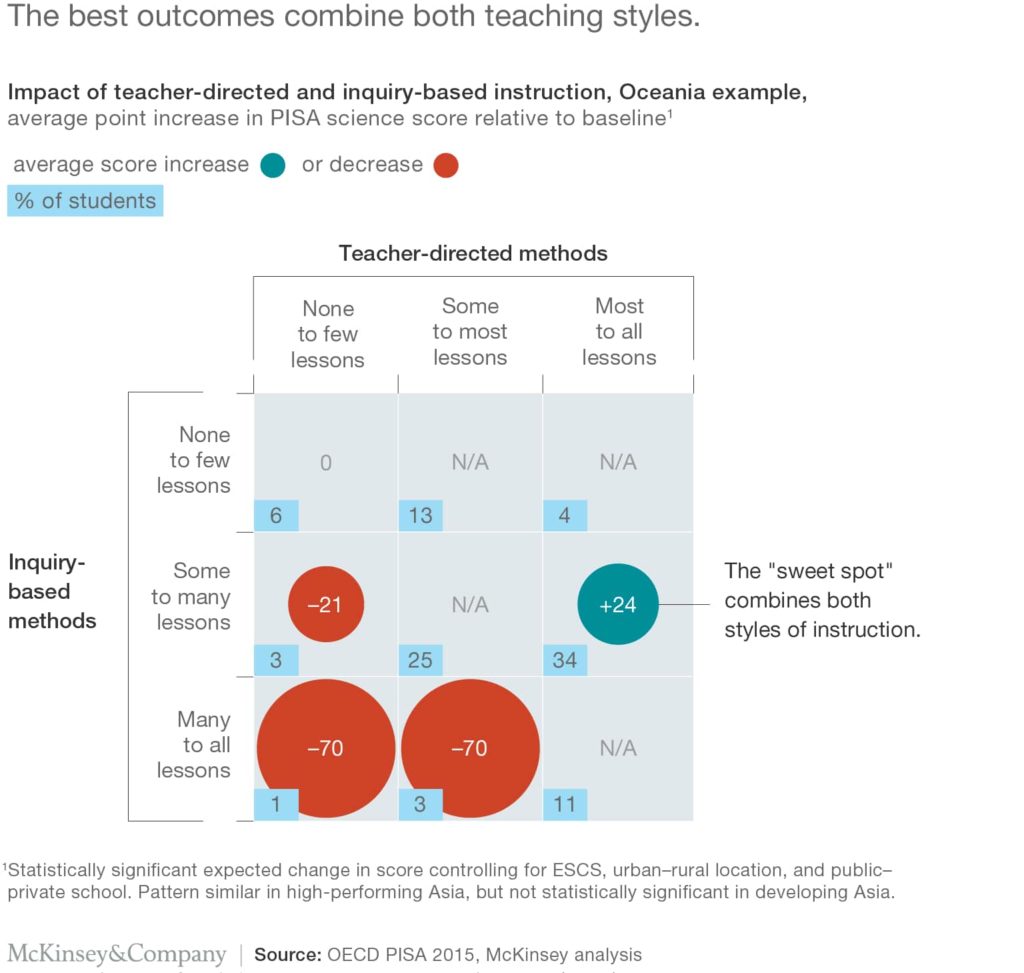Last September, in Riga,
The group from Rauma talked about their 3 key goals:
Making student thinking
and thus increasing student self-efficacy.
When they are talking about students they actually mean the student teachers they are training and also the school students they teach.
After several discussions, they invited me to come and run some lectures and workshops.
So in preparing for a visit, two experiences really nudged my thinking back to an idea that had been bubbling away under my conscious thinking.
One was a
Then a tweet by @sarahseleznyov “Anyone
by Nalan Akkuzu (2014). This applied the theories of Albert Bandura and Locke in the context of teacher education in very interesting ways.
Digging this out suddenly the idea of how Bandura on self-efficacy and the Vygotskian elements of the Let’s Think methodology are just what we need to explore.
I saw that Let’s Think lessons and teacher training sessions already used some of these variables.
The experience our group had in Zürich doing our LTE training of developing our own lesson “Feathers”, based on a short film stimulus, seemed to exemplify all of these experiences and certainly increased all of our self-efficacy. It allowed teachers an opportunity to vicariously experience others modify the way the lesson was delivered in a masterful way. Allowed a large number of conversations which persuaded us all of the importance of managing the cognitive conflicts and their resolutions in ways appropriate to the particular class and time the lesson was being used with.

Akkuzu quoting (Kukanauza de Mazeika, 2001; Wang & Wu, 2008) “Studies have shown that student teachers who receive verbal feedback at a high cognitive level exhibit professional growth through exploring the strengths and weaknesses of their own performance and developing deeper conceptual understanding of their classroom behaviors .”
This use of verbal/social persuasion is a key element of the social construction episodes of Let’s Think lessons where the teacher mediates using their understanding of the Vygotsky concept of Zone of Proximal Development. Here ZPD is understood as a set of characteristics about the
This is where a shared understanding of the theoretical principles of the pedagogy makes it visible in practice and leads to the successful use of experiences as feedback opportunities. A lesson built together by a group of teachers is both a product and a process amenable to the continued uses of the Bandura experiences that will further build efficacy.
References
Bandura, A. (1997). Self-efficacy: The exercise of control. New York: W. H. Freeman.
Kukanauza de Mazeika, J. M. (2001). Effect of different types of feedback during microteaching sessions on preservice teachers. Doctoral Dissertation, New York University, New York.
Wang, S. & Wu, P. (2008). The role offeedback and self-efficacy on web-based learning: The social cognitive perspective. Computers and Education, 51, 1589-1598. http://dx.doi.org/10.1016/j.compedu.2008.03.004


